Contrary to popular belief, developers don’t actually have a magic money tree.

If we could design and build one, we would, but without one we have to guarantee that our projects are viable and generate healthy profits to keep our shareholders confident and our businesses growing.
Finance and project costs combined with land and development value help determine if a project is viable or not. So if policy pushes for 50% affordable housing, there will be no money left to spend on other investments, such as public realm, that also contribute towards strengthening communities.
Well-designed public realm is a passion of mine. It contributes towards the viability of projects as it helps draw in occupiers who want to be based in areas that attract customers, clients and employees. Most importantly, though, high-quality public realm transforms locations and brings an immense number of social benefits.
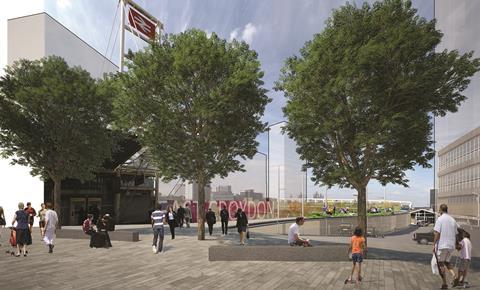
With a rapidly growing population in London, thoughtfully designed public realm in the capital will become even more of a necessity. Good public realm is fundamental and should never be an afterthought as it grounds buildings, engages with pedestrians, directs people through the city and really ties everything together. It also helps create new destinations; it is where daily life takes place; where people meet, relax, spend lunch breaks and take in the culture of the area. Communities are strengthened with public space that meets their needs and enhances the areas they live and work in.
Good public realm is not just the difference between public and private land. It creates areas that captivate people; it factors in landscaping, pavement surface design, seating, signage and visual connectivity. The list of factors to consider is endless, but all public realm plans should aim to create spaces that are easily accessible, welcoming and enjoyable, and that lend themselves to being treated with care and respect.
Later this year, work on the new public square at Centre Point will commence and our vision for the area will be one step closer. Centre Point was commissioned in the 1960s, when planning prioritised the car, which was the most popular method of transport. This is evident in the design of the building and the gyratory system around it, which made it inaccessible.
Since the 1960s, the popularity of walking and cycling has increased, and we now engage with the spaces where we live, work and visit at ground level. Delivering a high-quality public realm at Centre Point is one of the most important investments we’ve made for the scheme.

Most major projects take account of the significance of investing in public realm. As part of the Crossrail project, £130m is being spent on improving 190,000 sq m (2m sq ft) of open space, the equivalent of 19 Leicester Squares.
We have some excellent public space in London, but we can’t become complacent; we need to continue to ensure our public realm remains interesting and engaging. Public art and food markets have been instrumental so far, and technology could soon have a big part to play.
The company Pavegen is taking the energy of footsteps and converting it into electrical power, which could help make our public space even more commercially relevant.
Our cities will be worse off if we don’t continue to invest in good public realm, and my fear is that any dramatic changes in policy will prevent this. I hope we’re not put in a position where we have to sacrifice public realm to meet unrealistic targets.
Kathrin Hersel is property director at Almacantar





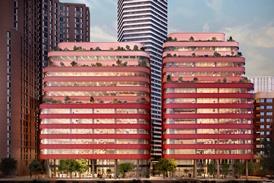


















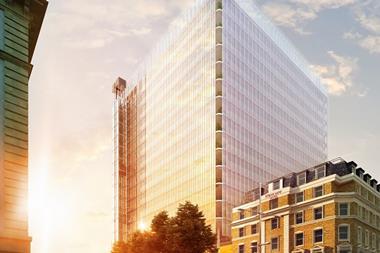
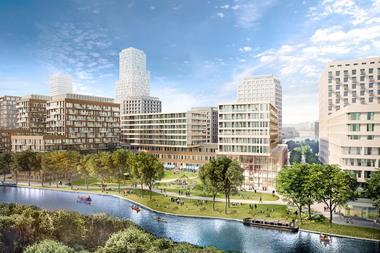
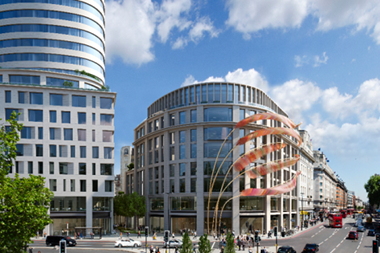

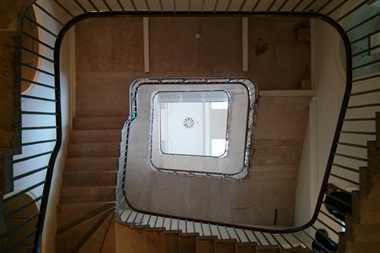

No comments yet